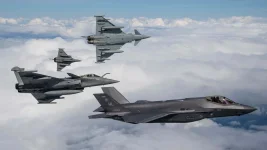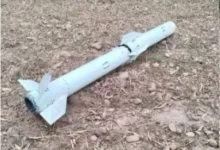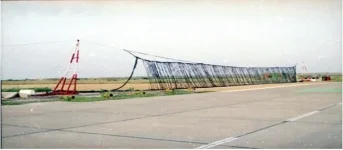- Views: 2K
- Replies: 6
The Indian Navy is looking at procuring a series of counter-drone systems and longer range attack vectors following Operation Sindoor, Deputy Chief of Naval Staff Vice Admiral Tarun Sobti said on Tuesday.
The vice admiral said changes are being incorporated to boost the Navy’s combat capabilities following an analysis of the May 7 to 10 military conflict between India and Pakistan. The warships which are equipped with expensive surface-to-air missiles running into millions of dollars cannot really afford to expand their limited arsenal to combat low cost unmanned aerial vehicles (UAVs), he told reporters on the sidelines of a tri-services conference.
“We have to develop systems, especially counter UAVs which will help us take down the low cost drones,” he said. Vice Admiral Sobti suggested that most of the lessons learnt following Operation Sindoor and changes being incorporated into the Navy post the operation are being analysed.
The Navy is looking into long range vectors to influence targets at land and sea. Vice Admiral Sobti, talking about Operation Sindoor, said the naval personnel “were raring to go”. “We were ready. So our troops were absolutely raring to go,” he said.
India launched Operation Sindoor on May 7 targeting terrorist infrastructure in territories controlled by Pakistan in response to the Pahalgam terror attack. The strikes triggered four days of intense clashes that ended on May 10.





